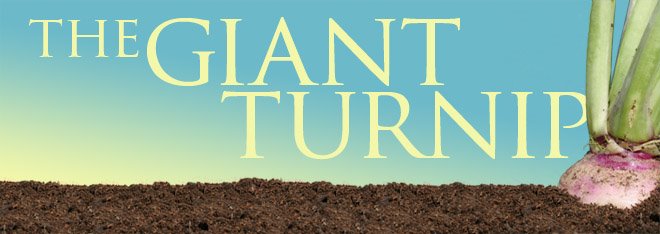 For at least a year, I’ve been trying to recollect the name of a series of books I read as a pre-teen. Because of what I remember of their gentle domestic mysteries and propulsive (though relatively simple) riddles, I’d thought that they would be ideal for Gwendolyn, our almost-six-year old. Unfortunately, I couldn’t remember the author or the title of the series, which I remembered only through ancillary details – four siblings, I thought, and their search for hidden treasure (of mostly sentimental value). The image I remembered best came from the end of one of the books, when a young protagonist is stung by a wasp, preventing her from making a final discovery.
For at least a year, I’ve been trying to recollect the name of a series of books I read as a pre-teen. Because of what I remember of their gentle domestic mysteries and propulsive (though relatively simple) riddles, I’d thought that they would be ideal for Gwendolyn, our almost-six-year old. Unfortunately, I couldn’t remember the author or the title of the series, which I remembered only through ancillary details – four siblings, I thought, and their search for hidden treasure (of mostly sentimental value). The image I remembered best came from the end of one of the books, when a young protagonist is stung by a wasp, preventing her from making a final discovery. I started thinking that in order to find the books, I’d have to call in the professionals – maybe a children’s librarian, or the book dealers at Loganberry Books (who have a service in which they, and their readers, attempt to locate books based upon the most sketchy descriptions and faulty memories). I’d procrastinated following this prompt, maybe out of a perverse desire to solve my own riddles.
A week ago, I returned from work to find the children ready to take me on a field trip. I had never been to our local library’s main branch, which is older and larger than the location we started visiting when we moved here. I found this building much more to my liking than the new, computer-centric library we’ve frequented; it reminded me of the county library I remember from my childhood, with its stolid architecture, hulking bookstacks, and the tang of dust and paste in the air. While the children were picking out their choices for the week, I walked the aisles, and a book caught my glance. Whether I recognized the binding from some subterranean memory, or whether the title finally returned to me, I realized that I’d found the book I remembered.
The book – Key to the Treasure (1966) – was written for younger children than I’d expected, but still carried, more or less, the charms which had attracted me as a young reader. Glancing through the pages at the library, I found three siblings, not four, but there is the wasp scene, and others I’d forgotten. I had also never realized that the author, Peggy Parish, was more familiar to me from another set of books I’d enjoyed, but as an even younger reader – the Amelia Bedelia series. Linus, our three-year old, especially enjoyed the ink sketches by Paul Frame, which – though not especially remarkable – give a lively pace to the chapters.




1 comment:
I've got my copy on hold at the library! Your description brought back vivid associations--I read the same book you did, I guess. Thanks for the reminder!
Post a Comment